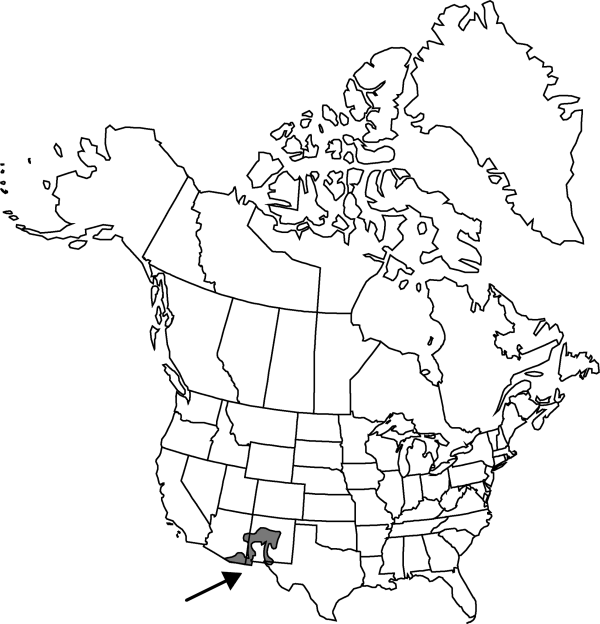Difference between revisions of "Mammillaria wrightii"
Proc. Amer. Acad. Arts 3: 262. 1856.
FNA>Volume Importer |
RevisionBot (talk | contribs) m (Bot: Adding category Revised Since Print) |
||
| (4 intermediate revisions by 3 users not shown) | |||
| Line 19: | Line 19: | ||
-->{{Treatment/Body | -->{{Treatment/Body | ||
| − | |distribution= | + | |distribution=Ariz.;N.Mex.;Tex.;Mexico. |
|discussion=<p>Varieties 3 (2 in the flora).</p> | |discussion=<p>Varieties 3 (2 in the flora).</p> | ||
|tables= | |tables= | ||
| Line 52: | Line 52: | ||
|basionyms= | |basionyms= | ||
|family=Cactaceae | |family=Cactaceae | ||
| − | |distribution= | + | |distribution=Ariz.;N.Mex.;Tex.;Mexico. |
|reference=zimmerman1977a | |reference=zimmerman1977a | ||
|publication title=Proc. Amer. Acad. Arts | |publication title=Proc. Amer. Acad. Arts | ||
|publication year=1856 | |publication year=1856 | ||
|special status= | |special status= | ||
| − | |source xml=https:// | + | |source xml=https://bitbucket.org/aafc-mbb/fna-data-curation/src/2e0870ddd59836b60bcf96646a41e87ea5a5943a/coarse_grained_fna_xml/V4/V4_455.xml |
|subfamily=Cactaceae subfam. Cactoideae | |subfamily=Cactaceae subfam. Cactoideae | ||
|genus=Mammillaria | |genus=Mammillaria | ||
| Line 63: | Line 63: | ||
}}<!-- | }}<!-- | ||
| − | -->[[Category:Treatment]][[Category:Mammillaria]] | + | --> |
| + | |||
| + | [[Category:Treatment]] | ||
| + | [[Category:Mammillaria]] | ||
| + | [[Category:Revised Since Print]] | ||
Latest revision as of 18:01, 6 November 2020
Plants usually unbranched. Roots: upper portion of primary root somewhat thickened and succulent proximally, otherwise fibrous. Stems flat-topped or spheric, 4–8 × 4–8 cm, ± flaccid; tubercles 6–24 mm; axils appearing naked; cortex and pith mucilaginous; latex absent. Spines 9–31(–34) per areole, white, usually tipped brown; radial spines 8–30 per areole, in 1 series, glabrous (puberulent in first year flowering plants); lateral spines bristlelike, 7–11 mm, stiff, longest and thickest of spines; adaxial spines often darker; central spines 1–4(–7) per areole, porrect or strongly projecting, 1 or all hooked, (5–)12–14(–21) mm; subcentral spines 0. Flowers 2.5–3.5(–5.2) × 2.2–4.5(–7.5) cm; outer tepal margins conspicuously fringed; inner tepals rose-pink or magenta [white], margins often paler; stigma lobes yellow or pale green (rarely reddish). Fruits green or dull purple, spheric to ovoid or obovoid, (9–)13–20(–28) × (6–)7–1.9(–26) mm, juicy throughout; floral remnant persistent. Seeds black, 1.3–1.5 mm, pitted; testa hard, anticlinal cell walls straight (not undulate); interstices conspicuously narrower than pit diameters; pits bowl-shaped. 2n = 22.
Distribution

Ariz., N.Mex., Tex., Mexico.
Discussion
Varieties 3 (2 in the flora).
Key
| 1 | Radial spines usually 8-15 per areole; fruits 12.5-26 mm diam | Mammillaria wrightii var. wrightii |
| 1 | Radial spines usually 16-30 per areole; fruits 6-15 mm diam | Mammillaria wrightii var. wilcoxii |